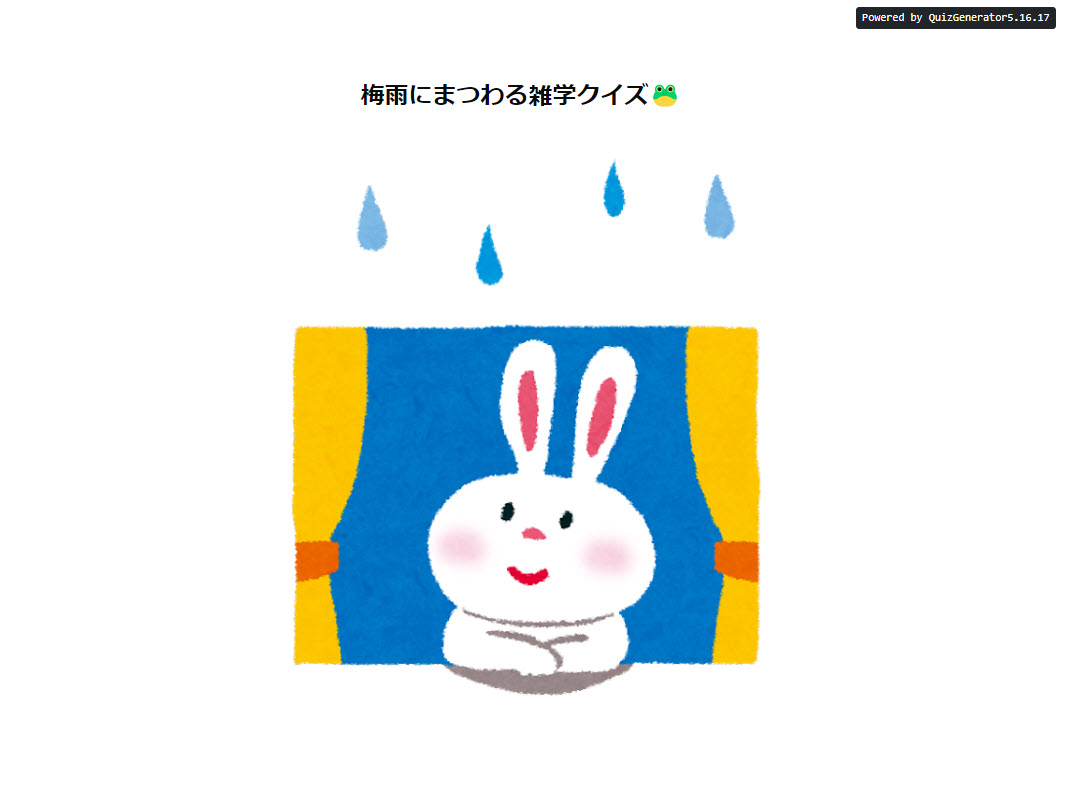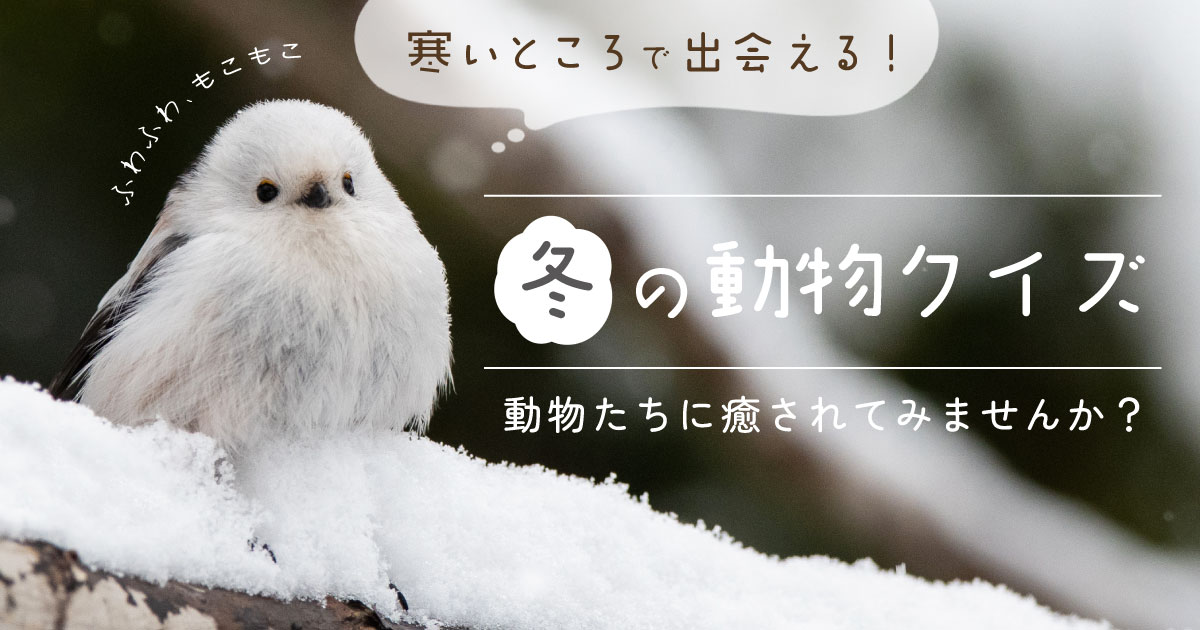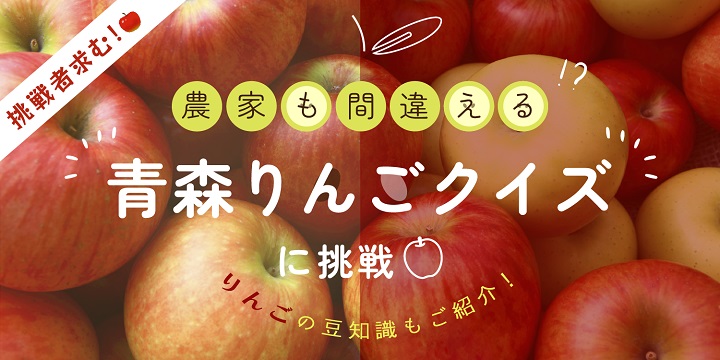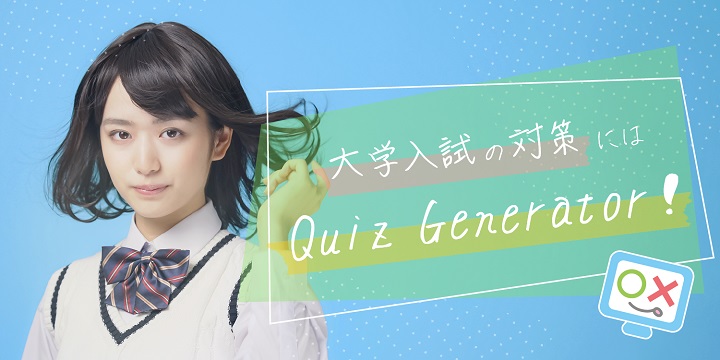Why is it called the "Tsu-Yu"?What do you know about the Tsu-Yu (rainy season)?
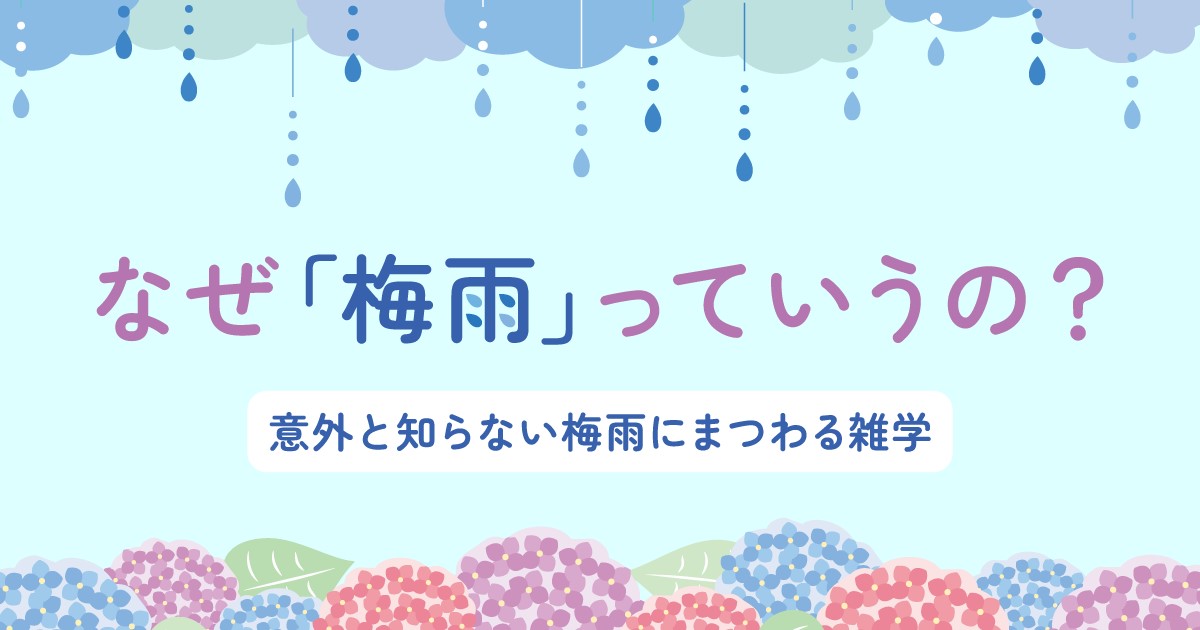
June marks the beginning of the rainy season. Many people may feel depressed because of the increasing number of rainy days.
Many people may be aware that the rainy season refers to the time of year when it rains a lot, but few people know why "ume" in "plum" means "rain. Although we usually use the term "rainy season" without thinking about it, learning some miscellaneous trivia about the rainy season may help you discover something new and make your rainy season a little more enjoyable.
In this issue, we will introduce the etymology of the rainy season and miscellaneous trivia related to the rainy season. We have also prepared a quiz related to the rainy season, so please try your hand at it.
What is the rainy season (Tsuyu)?

The "rainy season" refers to a seasonal phenomenon in which many rainy and cloudy days appear during the seasonal transition from spring to mid-summer. This phenomenon is mainly seen in Japan, China, and some other parts of East Asia.
During the rainy season, there is a lot of rainfall, which makes the weather humid and hot, with high humidity and high temperatures, and the weather is gloomy and humid. Although it is a difficult time to spend, it is an important time to store water and other resources for agriculture that will be needed during the summer months.
Etymology of the word "rainy season
The word "rainy season" itself is believed to have originally come from China, but there are many theories as to the origin of the word.
Why do you use the Chinese character "ume"?
According to one theory, the name "ba-ui" comes from "ume" and "rain" because of the rain that falls around May to June, when the ume fruit ripens.
In addition, since the temperature rises and the humidity increases with rainfall in May and June, these months are prone to mold growth, hence the name "moldy rain" (黴) and "rain" (黴雨). Some say that the word "mold" sounded bad, so it was read as "ume (plum) rain" using the same pronunciation of "ume" (plum).
Why is it called "Tsuyu"?
Umezure can also be read as "ba-ui," but in Japan it has been read as "tsuyu" since the Edo period (1603-1868). There are various theories as to why it came to be called "Tsuyu.
The first theory is that the name "tsuyu" is derived from the "dew" that forms on the tips of branches and leaves after heavy rainfall. It is said that the word "dew" came to be called "tsuyu" (つゆ) from the word "dew-keishi," which means a wet and damp appearance.
The second theory is that the name "tsuyu" was originally derived from the fact that the ume fruit would rot during this moldy season, but the name gradually changed and it came to be called "tsuyu.
The etymology of the word "rainy season" is not clear, although there are various theories as to how it came to be called "Tsuyu" (梅雨).
Definition of the beginning and end of the rainy season
On average, there is a five-day transition period between the beginning and end of the rainy season. Therefore, the Japan Meteorological Agency announces the beginning and end of the rainy season as "around the xxth day" using the approximate date of the middle day of the transition period.
However, the Japan Meteorological Agency does not have a clear definition of when the rainy season begins or ends. The JMA makes decisions and announces them on a regional basis when the rainy season has begun or ended based on previous weather forecasts.
The reason for announcing the beginning and end of the rainy season is because this information is important for daily life and industry, as well as for preventing disasters.
Reference How do you decide when the rainy season begins? |Weather News
Reference How and Who Decides the End of the Rainy Season? |Weather News
Back to Table of ContentsTidbits of knowledge about the rainy season

When it comes to the rainy season, there are rumors and trivia that everyone has heard at least once.
In this issue, we will introduce some of the most interesting rumors and trivia, along with whether or not they are well-founded.
Hokkaido has no rainy season.
Although Hokkaido is not included in the annual announcement by the Japan Meteorological Agency of the beginning and end of the rainy season, it was originally assumed that Hokkaido would also have a rainy season.
However, because the rainy season in Hokkaido rarely lasts as long as the rainy season in Honshu, the rainy season in Hokkaido is not as clear-cut and is not officially designated. For this reason, Hokkaido is said to have no rainy season.
Reference Cloudy and rainy weather before midsummer
Is it true that it rains when a cat washes its face?
There has long been a rumor in Japan that "when a cat washes its face, it rains," but many people may be wondering what is really happening.
Cats' whiskers, also called "tentacles," are quite sensitive and act as sensors, quickly sensing changes in wind and humidity and sensing distance.
Before it rains, the humidity is high and moisture adheres to the surface of the beard, so they rub their faces to maintain their precious senses.
There are other reasons for cats to wash their faces, so it is not always true that cats washing their faces cause rain, but the rumor that cats washing their faces cause rain is not false.
Where are the hydrangea petals?
Many people may associate hydrangeas (hydrangea) with the rainy season.
Generally, hydrangeas bloom from June to July with blue, purple, pink, red, or white flowers.
The part of the hydrangea that looks like a petal is actually not a petal but a deformed leaf called a sepal, which is not exactly a flower.
In the center of the hydrangea is a small bud-like area, and this small flower is the true flower of the hydrangea, called the "true flower.
Reference Hydrangeas bloom in the rainy season|Aomori Meteorological Observatory
Soil determines the color of hydrangeas.
One of the main characteristics of hydrangeas is that the color of the hydrangea changes depending on the nature of the soil in which it grows. Because of this characteristic of color change, it is sometimes also known as the "seven changes.
Hydrangeas contain a pigment called anthocyanin, and when anthocyanin is added to aluminum absorbed from the soil, the color of the hydrangea turns blue.
Aluminum is soluble in acidic soils and not in alkaline soils, so blue hydrangeas grow in acidic soils and light red or pink in neutral to alkaline soils.
Some varieties of hydrangeas turn dull red or green over time.
Back to Table of ContentsRainy Season Miscellaneous Quiz
We have prepared a miscellaneous quiz related to the rainy season. There will be a total of 5 questions.
Try it now and find how much you know about Vietnam.
Summary
In this issue, we introduced why it came to be called the rainy season and some miscellaneous trivia related to the rainy season.
Although we usually use the term "rainy season" as a matter of course, many of you may have never heard of it before, but there is a theory that it is actually a word that came from China. The word "rainy season" may make you feel down because of the many rainy days, but knowing that it is also an important time to store water for agriculture needed during the summer may change your view of the rainy season.
I used this quiz to create a miscellaneous quiz about the rainy season."QuizGenerator."allows users to create their own original quizzes and share them on social networking sites and websites without registration and for free.
On the QuizGenerator website, anyone can try AI-powered quiz by simply entering text. Try for now!
▼You may also like:
Back to Table of Contents Back to Blog List